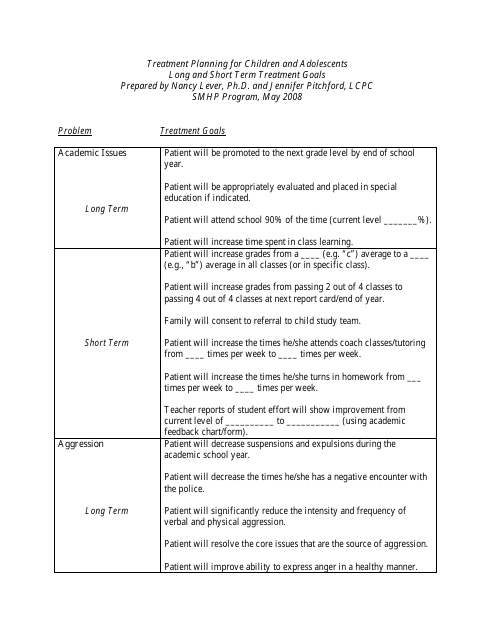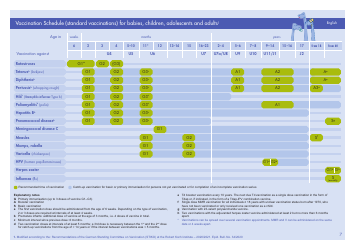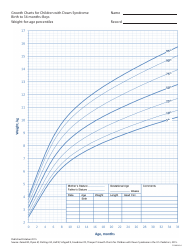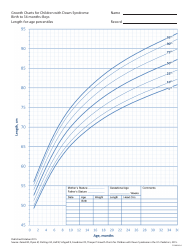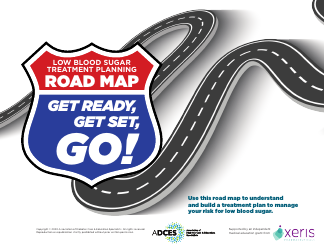Treatment Planning for Children and Adolescents Long and Short Term Treatment Goals
Treatment planning for children and adolescents is intended to outline the goals and objectives for their long-term and short-term treatment. It helps guide mental health professionals in providing the appropriate interventions, therapies, and support needed to address the child's or adolescent's specific mental health challenges or disorders. The treatment goals focus on improving their well-being, promoting healthy development, managing symptoms, enhancing coping skills, and achieving optimal mental health outcomes.
In the United States, the treatment planning for children and adolescents is typically filed by mental health professionals or clinicians who are responsible for their care, such as psychologists, psychiatrists, or licensed therapists. The specific person or entity may vary depending on the healthcare setting or organization.
FAQ
Q: What is treatment planning for children and adolescents?
A: Treatment planning for children and adolescents refers to the process of creating a plan to address their mental health or behavioral needs.
Q: What are long-term treatment goals?
A: Long-term treatment goals are the desired outcomes that are aimed to be achieved over an extended period of time, usually several months or years.
Q: What are short-term treatment goals?
A: Short-term treatment goals are the smaller, more immediate objectives that can be accomplished within a shorter time frame, typically weeks or a few months.
Q: Why is treatment planning important for children and adolescents?
A: Treatment planning is important for children and adolescents to provide them with a structured and individualized approach to address their specific mental health or behavioral issues.
Q: What should be considered when creating treatment goals for children and adolescents?
A: When creating treatment goals, it is important to consider the child or adolescent's age, developmental stage, specific needs, and the availability of resources and support systems.
